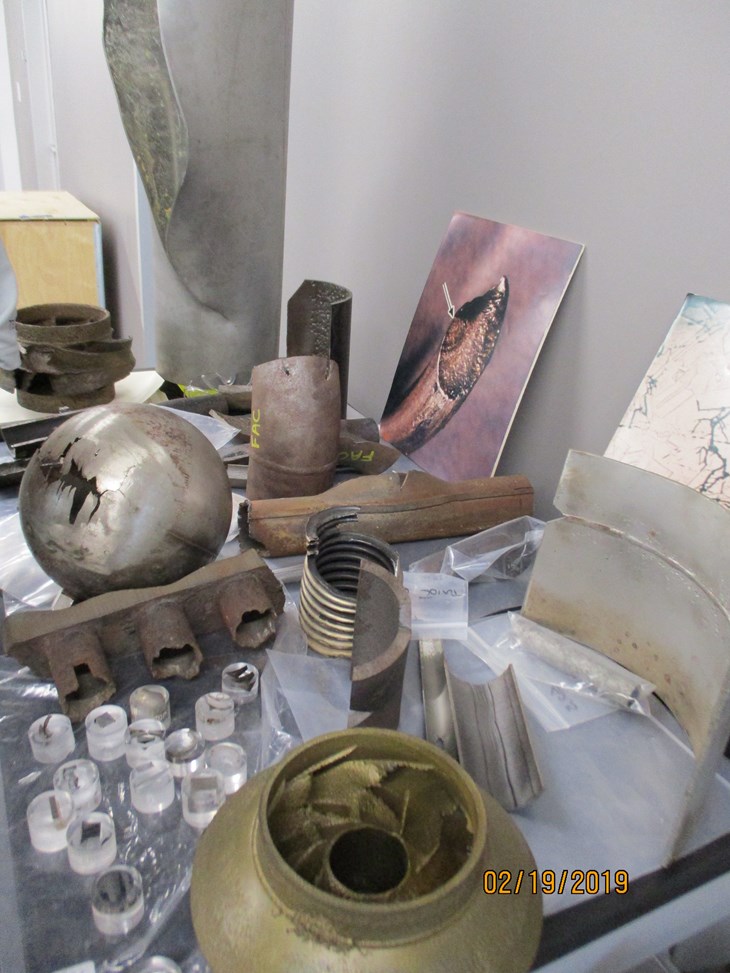SUEZ – Water Technologies & Solutions, as part of parent company, SUEZ Group, is a leader in the water and industrial process treatment industry. Based in Paris, France, SUEZ Group has more than 90,000 employees spread across five continents. As the call for action to improve environmental issues continues to grow, SUEZ is committed to the smart and sustainable management of water resources, treatment, and resource recovery by supporting its customers.
To accommodate the needs of its growing client base, SUEZ recently opened one of the world’s largest water testing analytical laboratories in Tomball, Texas, located in the greater Houston area. Stainless Steel World Americas had the opportunity to visit the new lab where Mel Esmacher, a Senior Consulting Engineer at SUEZ, explored the upgraded capabilities now available such as corrosion testing, and how it is used to evaluate corrosion-resistant alloy (CRA) applications including valves, hoses, pumps, heat exchangers, etc., within the water and industrial process industries.
By Catarina Muia and Sarah Bradley
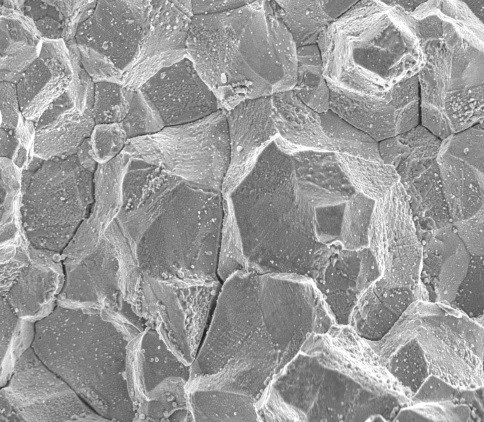
Brittle fracture
Holding a photomicrograph that shows a piece of fractured metal looking like ‘rock candy’, Esmacher explains, “This is an example of a brittle fracture in the metal, and the grains are coming apart because the cracking is following crystalline grain boundaries. Metals are typically polycrystalline, consisting of thousands of different grains of different orientation when forged, processed, or cast. As the metal begins to crack in a brittle fashion, and come apart along an intergranular pathway, the cracking develops along the grain boundaries, and can produce this characteristic, ‘rock candy’ multi-faceted fracture surface,” he points out. In contrast, trans granular cracks travel directly through the grains, they do not zigzag along the grain boundaries, and that is a characteristic of certain fracture modes, such as chloride stress-corrosion cracking (SCC) in austenitic stainless steel. In the case of carbon steel at a localized corrosion cell, it is possible that microstructures have been altered by hydrogen diffusion from the corrosion process, and the metal can experience hydrogen embrittlement, or fissures along the grain boundaries.
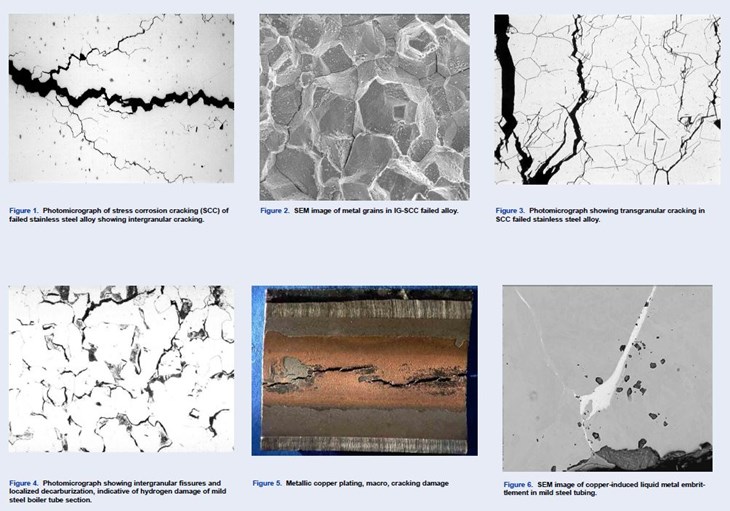
Intergranular and interdendritic corrosion
Intergranular corrosion in austenitic stainless steels can sometimes be caused by ‘sensitization’. The grain boundaries are made ‘sensitive’ to intergranular corrosion, due to chromium carbide precipitation. “Why is that? When, let us say, a welded pipe is selected for a river water application, the company used 304 stainless steel by mistake, instead of 304L stainless steel. The ‘L’ means low carbon, and when it is welded, the low-carbon grade does not experience chromium carbide precipitation along ground boundaries, and related sensitization problems,” Esmacher explains. “This means that along the grains of the heat-affected zone (HAZ) of the weld metal, when exposed to poor water chemistry conditions, the sensitized areas will show intergranular corrosion penetration.
In addition, in some cases, interdendritic corrosion within a weld can develop in an untreated, raw water application in which there are a lot of bacteria present, and as a result, the application will experience microbiologically-influenced corrosion (MIC), and can produce rapid pit-type leaks in welded areas. In this case, the bacteria biofilm helps to accelerate the attack around the weld area, which is seen a lot in stainless steels due to a number of factors, which can be diagnosed on the failed sample sent to the Lab.
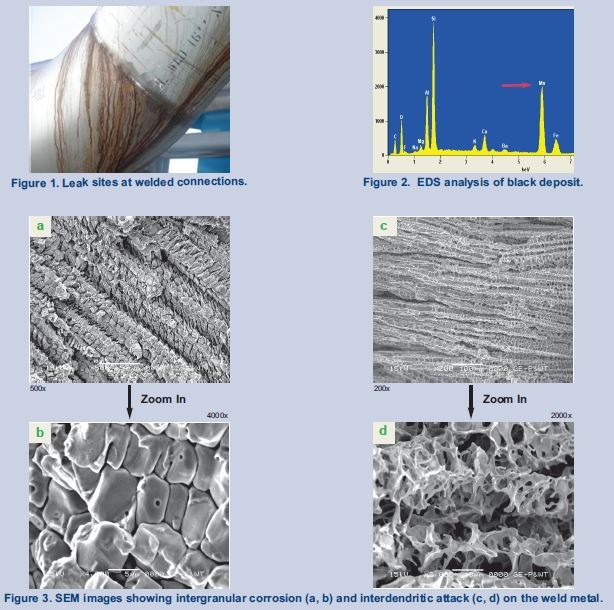
Galvanic corrosion
Galvanic corrosion is when dissimilar metals are in contact, and there is an electric current that flows through them, resulting in one of the metals to corrode preferentially. “Say for example, you have an aluminum fitting on a hose that is connected to a brass valve. If the water is corrosive and not treated properly, it can constantly cause aluminum failures,” Esmacher warns. “We see this a lot in ‘mixed metallurgy’ systems. We will see plenty of hose and coupling failures due to inexpensive aluminum parts being used in this manner. If an aluminum-alloy hose connection goes into a valve or coupling, and that coupling is made of stainless steel or brass, it can make a galvanic difference, and cause failure of the aluminum-alloy part.”
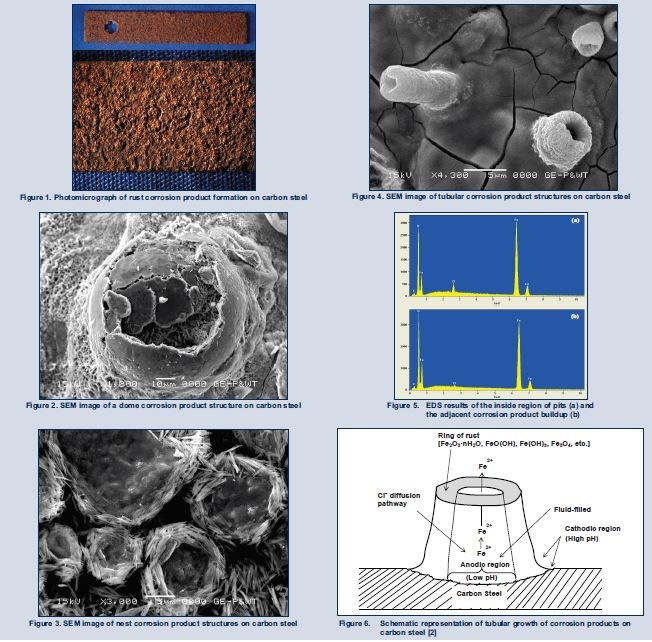
Finding the right solution
Once testing of the corroded part has been completed, and the type of corrosion has been determined, SUEZ scientists can move forward and help the team at the operating plant determine the solution. A majority of the time, the solution will require the knowledge of how specific metals will interact with various water types, as well as how different metals will react to each other. “As an example, to keep carbon steel corrosion rates at a minimum value, it is often advantageous to keep cooling water pH levels elevated.
However, if aluminum alloys are present in a mixed metallurgy system in cooling water service, and if the pH is maintained too high, aluminum corrosion could be severe. You want a happy medium of where you place pH control in a system, and apart from the pH, there are many other things to consider such as alkalinity and hardness, trace impurities, etc.,” says Esmacher. “Most of the time we can make lower- cost materials work for the customers; technically that is what customers are leveraging our experience to accomplish. They want us to collaborate with them on the best material at the best price, which will allow them to use the application for as long as possible.”
Recently in the chemical industry, plants are looking to extend turnaround times. Instead of three years, they are looking to extend the time between shutdowns and perform maintenance work every six years. “In these cases, you will see the plants making an investment in stainless steel for heat exchangers. They are looking and saying, ‘In terms of water chemistry, what do I have to do to make this work?’ A lot of the time, we can suggest a lower cost material, paired with a SUEZ corrosion inhibitor, and an advanced corrosion monitoring program.”
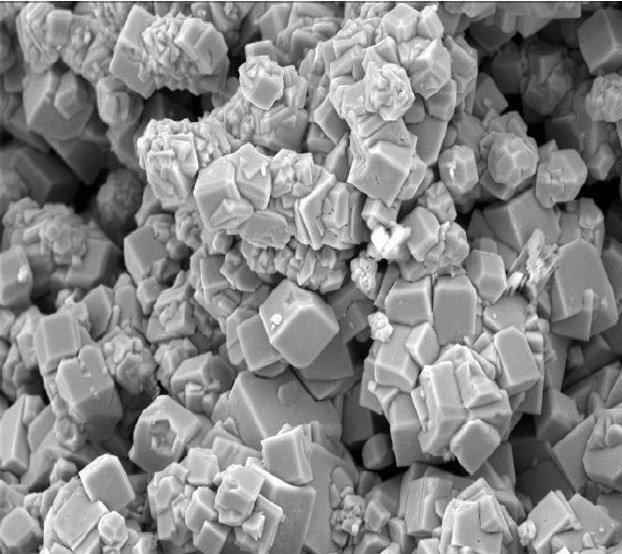
Valves with corrosion
Oftentimes, the Suez Lab in Tomball will receive a valve that has been extremely corroded due to being in stagnant conditions. “A lot of the time this will happen when you do not need chilled water circulating, when you do not have your HVAC running during the ‘off-season’. You have your heaters or cooling systems running on a seasonal basis, and do not require any cooling water recirculation. It is common to see these systems get neglected. In this case, I do not know the specific material construction, but by the way it looks, I would say it is a carbon steel gate valve. Is it a cast iron, or cast steel? At this point, I can only see the reaction the water had directly on the metal. I do suspect microbiologically-influenced corrosion (MIC) though,” Esmacher examines. “Looking at this right now, I am thinking it is MIC from a stagnant system. This corrosion could have accumulated over a 10-year period, and now the issue is that it is stiff and bound up with corrosion product, which then affects the moving parts of the pivot.” He advises, for situations like this, cycling the valves or the system once a week to circulate treated water that contains a corrosion inhibitor and a biocide would be something to consider.
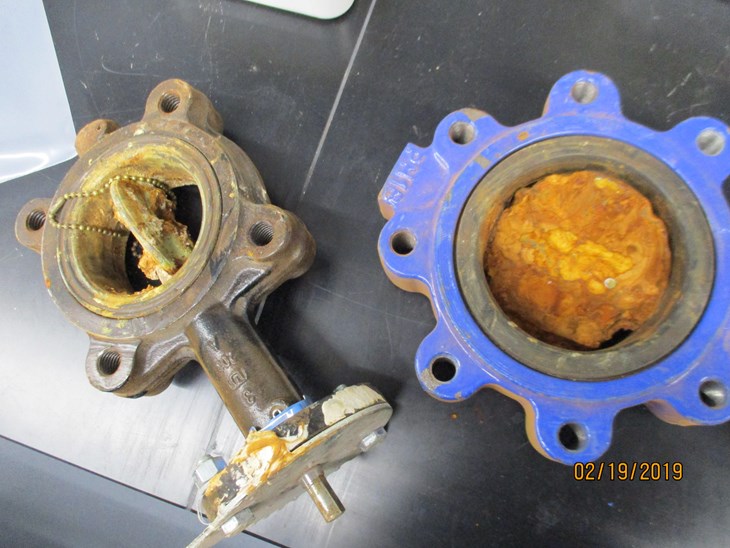
Making a difference
With this new lab space, Esmacher believes that SUEZ can reach its goal of positively affecting as many industries as possible, by solving the world’s most complex water scarcity, quality, productivity, environmental, and energy challenges. “This is not just a great investment for the Texas Gulf Coast Area, but also for North America, South America, and the Caribbean. The investment of the labs comes from SUEZ’s devotion to the testing of water chemistry, analyzing of deposits and the failures that occur, which then allows us to help our customers.”
